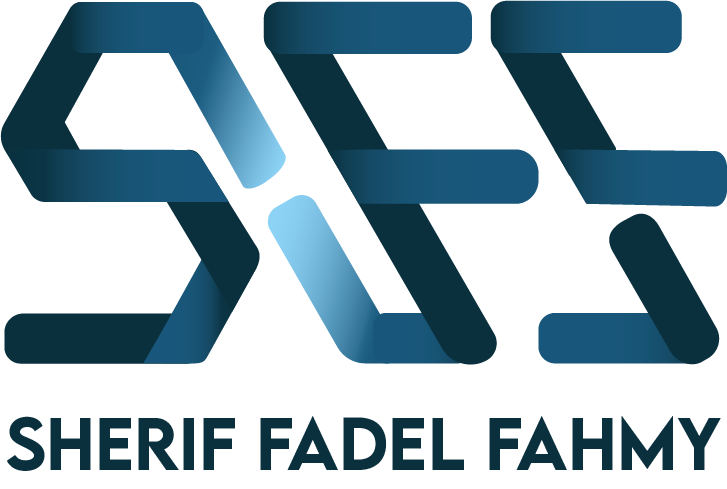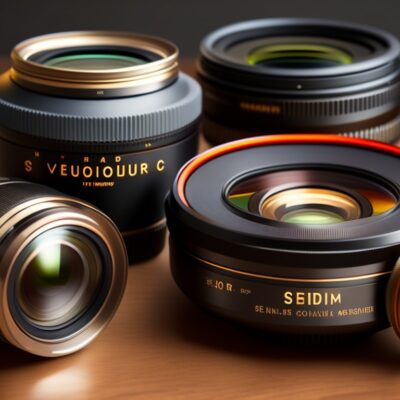In my previous blog post, I discussed the first step of GTD — collect everything. In this post, I will discuss the second and third steps in GTD — clarify and organize.
To be honest, I also covered aspects of “clarify” in my previous post while discussing how to process the items collected in the collection phase of GTD.
But let’s recap. Once you have collected everything that comes your way, you need to process it. Actually, the term used by David Allen, clarify, is more descriptive of what happens in this phase than process since process implies doing, while what you’re actually going to be doing is clarifying what needs to be done.
Begin by examining each item and classifying it appropriately. There are typically four ways that you can classify an item you process from your collection station
- Actionable item
- Actionable item at a later date
- Reference material
- Trash
Let’s go over each of these items in detail.
Actionable item
The first, actionable item, refers to an item that you need to take action on. Examples of this may include “write a report for an accreditation board”, “handle grade complaint of student”, “handle contract renewal of visiting professor”, etc. An actionable item is one that you can begin taking actions about immediately.
For items of this sort, you need to decide what is the set of things that need to happen for you to consider it done? Going back to the accreditation report example, this may be something like “a report covering all accreditation criteria needs to be printed by at most the 20th of next month”.
It is very important that you clearly articulate the criteria you are going to use to determine whether or not the item is done. This provides clarity by presenting you with a set of measurable or identifiable goals that you can work toward.
You then need to ask yourself, in order to reach the clearly identified goals for this item, do I need to perform more than one task?
If the answer to that question is “this can be accomplished in one step”, then this is a single task item.
In that case, you need to ask yourself, can I do this task or should it be delegated? If it needs to be delegated, delegate it to the person responsible and enter a task in your system that tells you that you are waiting for a reply about that specific issue from that person.
In order to prevent confusion, I separate all the things I’m waiting for into a separate “waiting_for” list.
Entering it into your waiting_for list allows you to regularly check in with the person you’ve delegated it to in order to check on progress.
By checking this list regularly, you are sure that you’re always on top of the tasks that you’ve delegated.
If you cannot or should not delegate the task, ask yourself: Can this task be accomplished in 2 mins or less? If so, do it immediately. Otherwise, add it to your todo list. This is how you handle a single task item.
If the answer to the do you need two or more steps for this question is “yes”, you have just discovered a GTD project. You then immediately write down the project on a projects list. You can do this on a piece of paper or in your todo list app. I personally put it on a “projects” list in my todo app.
Ok, now that you have written down the project, you should ask yourself another critical question, specifically “what do I need to do next to move this project towards its goal?”. This “what next?” question is critical for success, because otherwise you won’t have a clearly defined piece of work (“widget”) to do.
Going back to the accreditation report, a possible next action could be “check website of accreditation organization for rules of accreditation and templates for accreditation reports”.
Now you have a clear task that you can do. A widget to crank, as David Allen says. Something you can easily do that will move you forward. The result of this “what next?” question is a single task that needs to be processed.
Go ahead and ask yourself the same “delegation” and “two minute” question you asked yourself for the single task item and handle them the same way.
Once you have completed this step, you then ask yourself the magic question again “what next?” At each point in time, you’re choosing a next action that will move you closer to accomplishing your goal.
I sometimes find it helpful to map out all possible next steps and plans using a mind map — more about mind maps in a subsequent post. I then copy all the items from the mind map into my todo list so that I can begin “cranking” them.
So, you’ve determined whether the item in your in-tray is a project or a single task. If it’s a project you’ve clarified the desired end result and you’ve broken it into a sequence of next steps. You’ve also determined whether these steps, or single task if it’s not a project, should be performed by you or delegated and entered it into your todo list accordingly.
What next? Can you begin cranking widgets now? The answer is yes and no. It is possible to begin executing the items on your todo list now, but GTD offers another layer of control that will allow you to further streamline your work.
For each of the items in your todo list, derived from the process above, consider whether it make most sense in a particular context. For example, are certain tasks only doable while you are at a computer? In your home? Or at the office? If so, label them with that particular context. Personally, the contexts I use are at_work, at_home, at_computer, with_dean, with_pediatrician and at_phone.
I add these labels to my todo items on my todo list app. The app I use allows me to filter my todos by label. So, for example, when I’m at my computer and have some free time, I can choose to see all my at_computer tasks so that I can decide which of them I want to handle now.
You can add any contexts you want. My list of contexts is a work in progress and changes regularly as my needs evolve. And that’s how you handle an actionable item. Next, an actionable item at a later date.
Actionable item at a later date
I’ll discuss how I personally handle this category of items, I can’t recall the exact recommendation of GTD, but I personally handle items in this category in two ways
- Place the item in my tickler folder, without processing it, for processing at a later date (more about tickler folders in an upcoming post) and make an entry in my reminders app to process it, or
- Process the item as if it were an ordinary actionable item as described in the previous section, but schedule the component tasks at the later date
Reference material
If I determine that the item in my collection station(s) is reference material, I file it appropriately. What this means depends on the particular filing system you choose to implement.
Personally, I photocopy the item if it’s hardcopy and place it in a suitable notebook in Evernote. If it’s softcopy, I just place it into Evernote directly. Evernote is my filing cabinet, it contains all my reference material as well as meeting minute notes, ideas about stuff I would like to do and assorted personal items like photos of my passport, reward cards, software licenses and user manuals.
It is important that you setup your filing system so that you can easily access the items it contains when you need them. If you cannot find the items later on, you will lose trust in your filing system and your mind will begin to worry about memorizing things again.
Trash
If the item is not actionable and is not reference material, just toss it out. A good shredder comes in handy in this case. Never leave irrelevant material in your in-trays or filing system. Their presence there will burry the important stuff under a mountain of irrelevant material and make you lose trust in your system. Toss them out and get peace of mind.
That’s it, the clarify and organize stages of GTD. So let’s wrap up, examine each item in your collection station(s). Determine whether they are actionable, reference material or trash. If they are actionable, organize them into your trusted system as outlined above. If they are reference material, file them appropriately and if they are trash, toss them out. And this concludes my third post on my GTD system.




